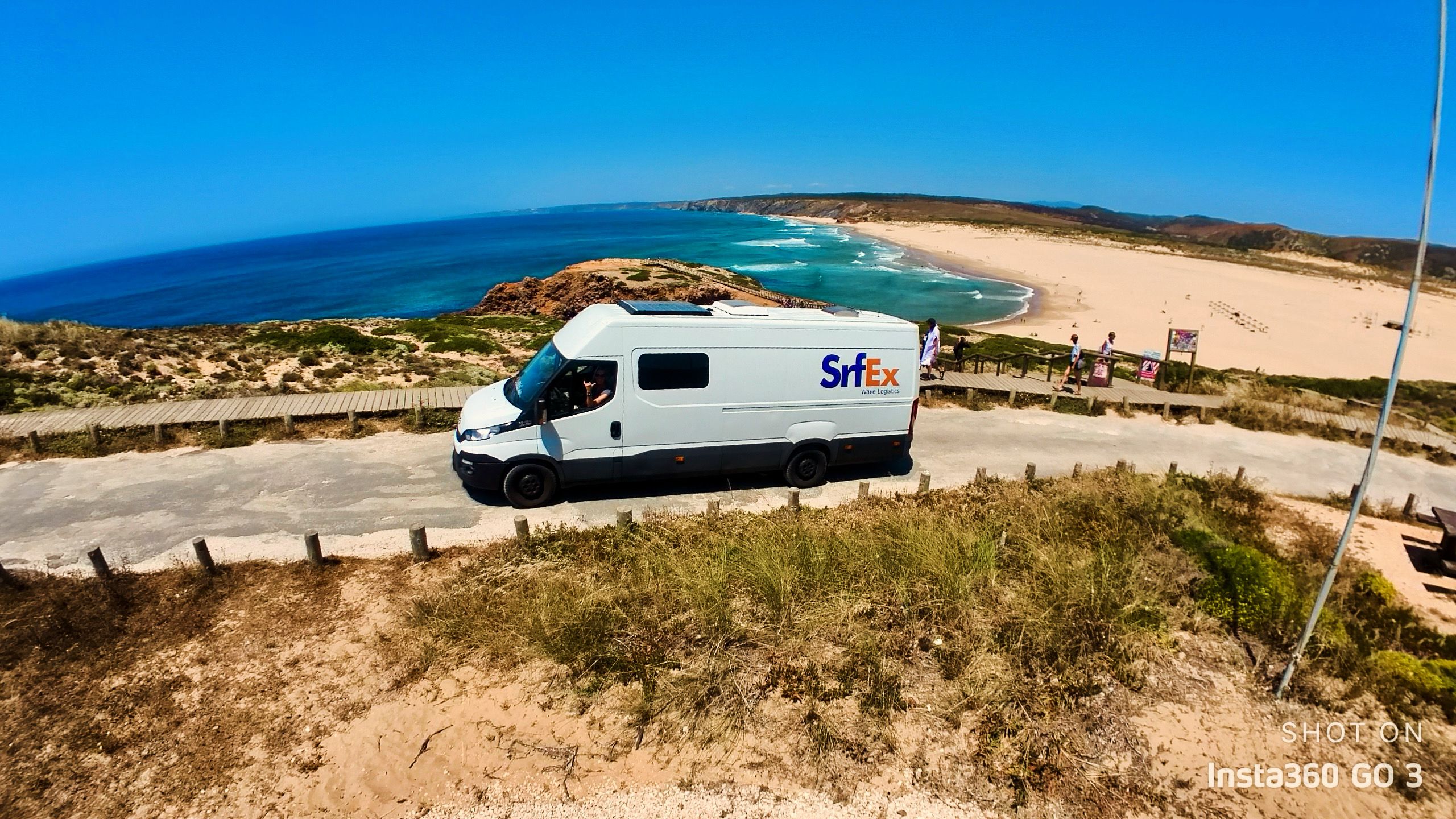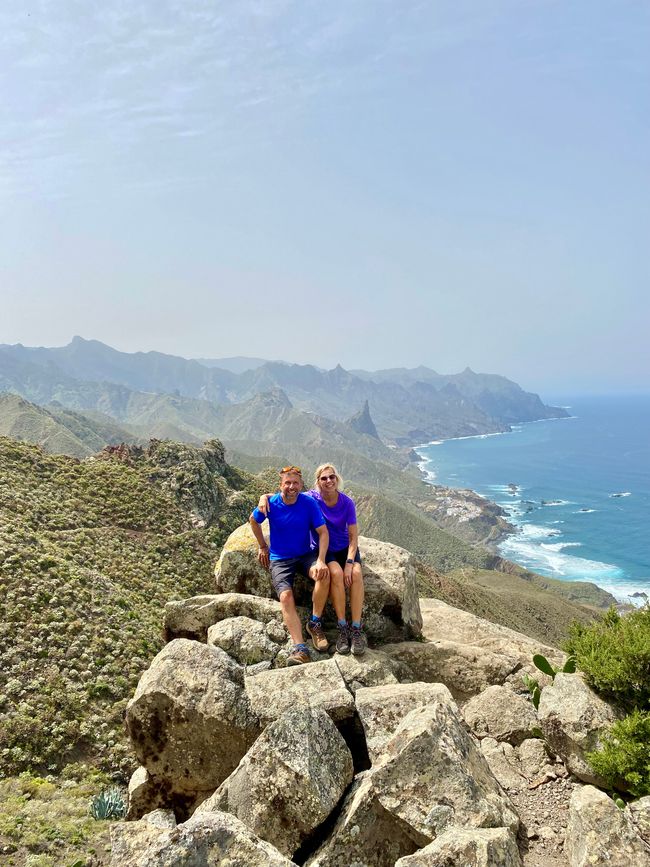
Coastal Nomads - Suzi, John & Betty
vakantio.de/coastal-nomads-suzi-john
Cantabria - Betty is surrounded by dark figures in the fog
Avaldatud: 06.09.2024
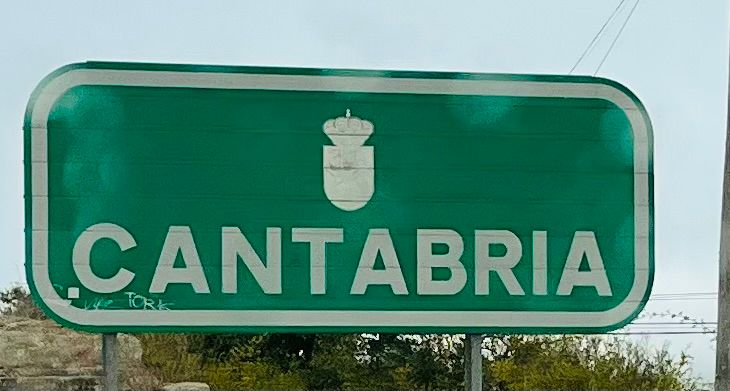

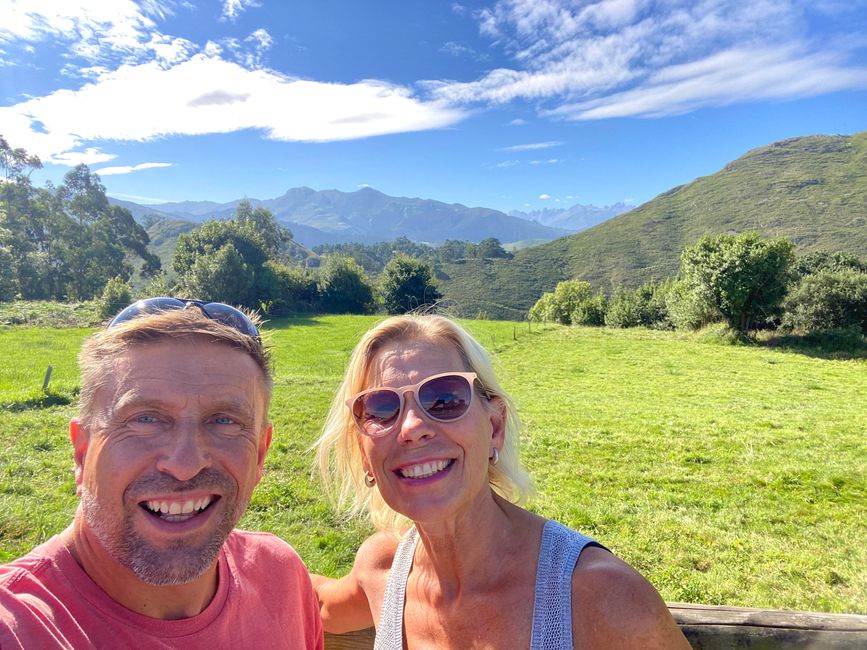

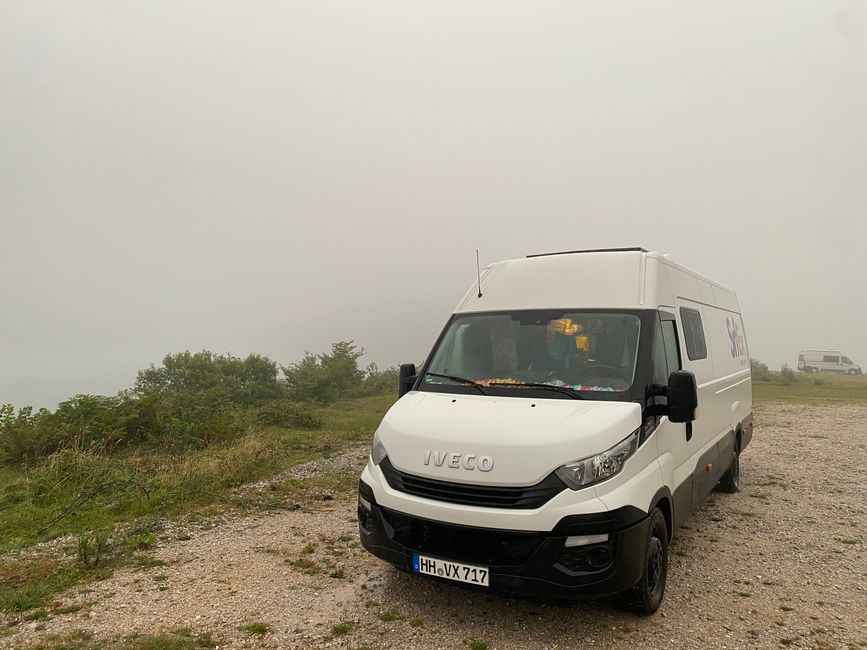
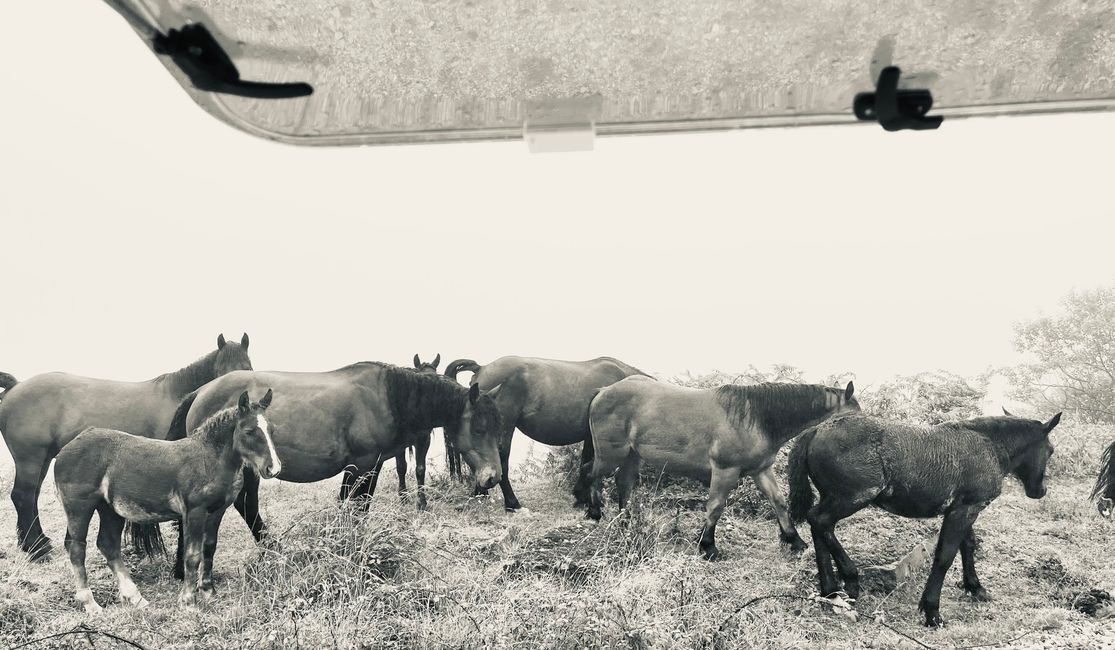


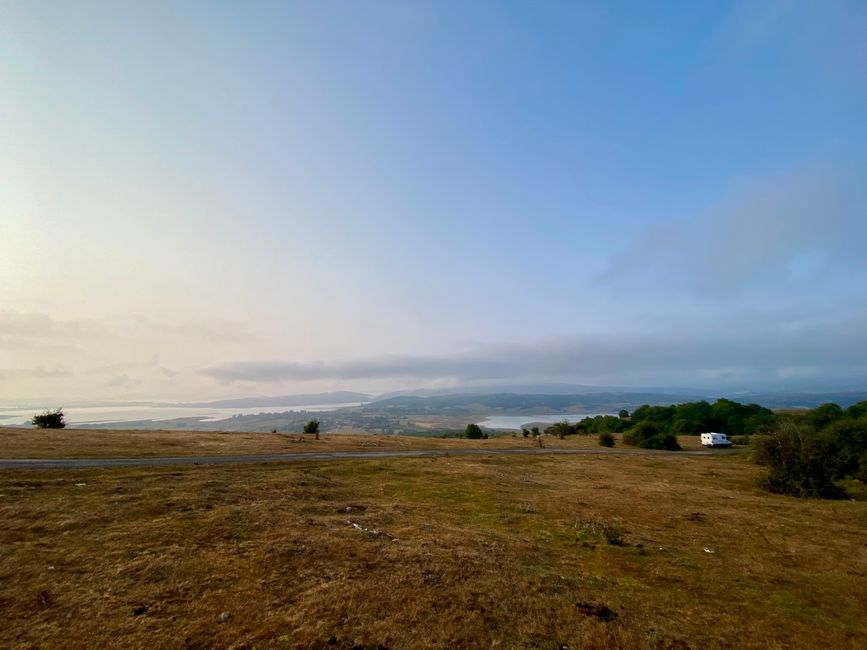
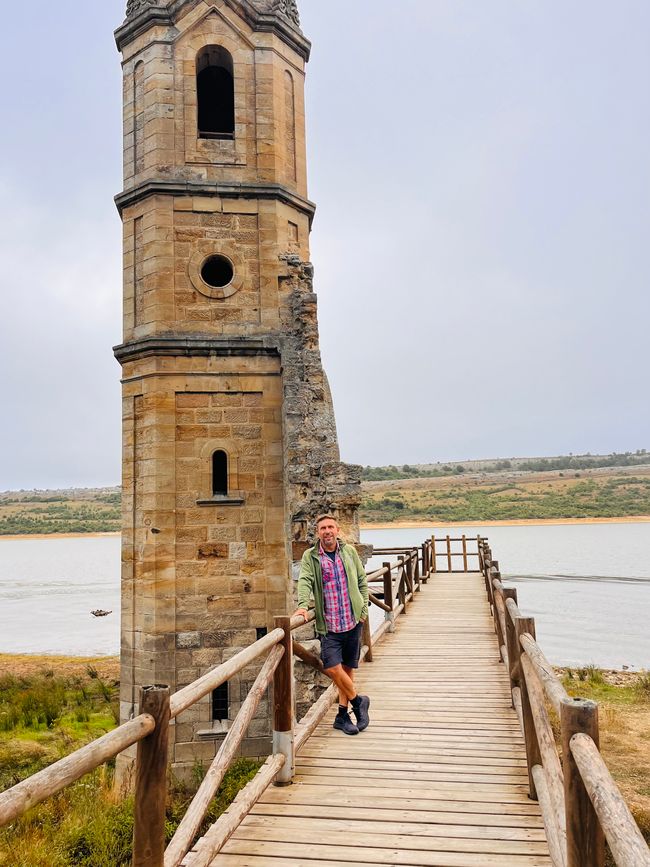
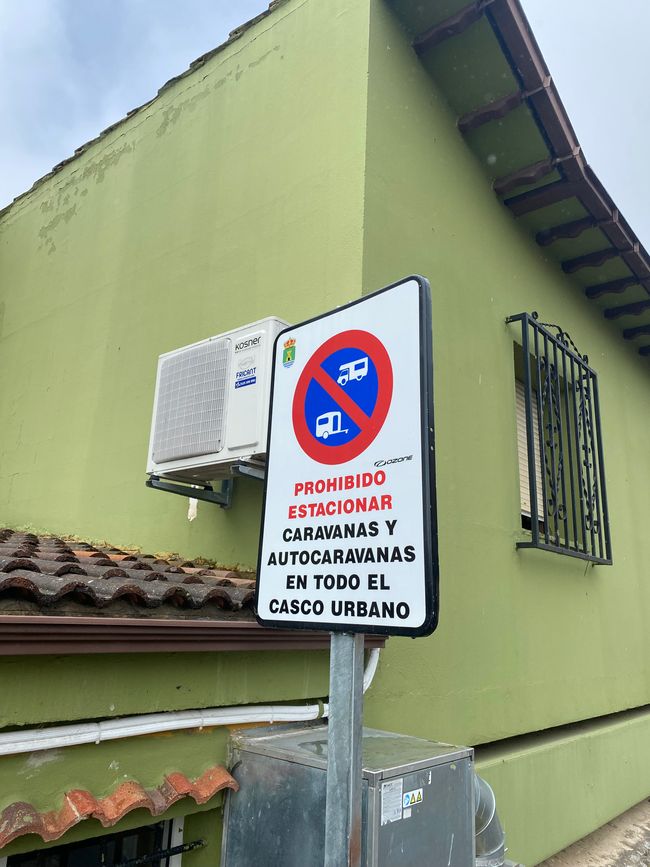


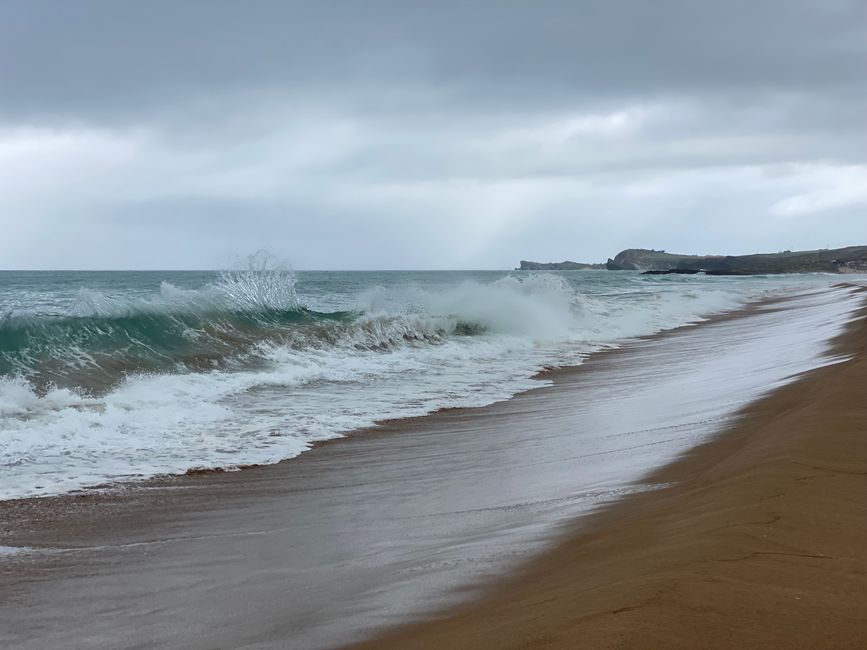
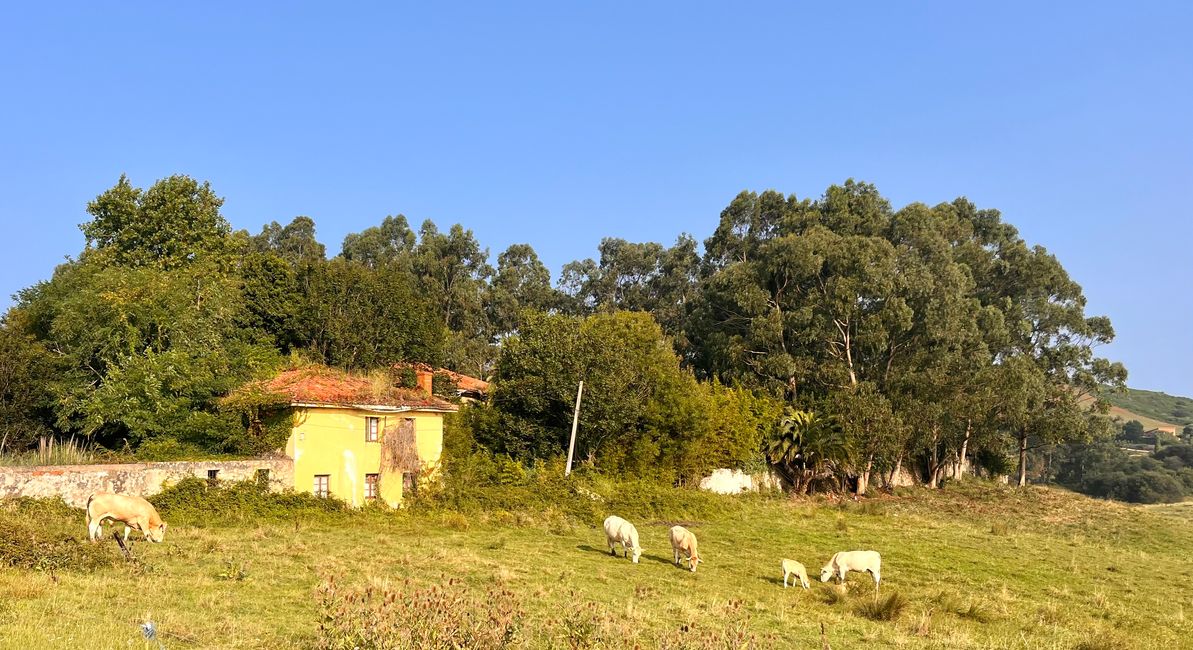
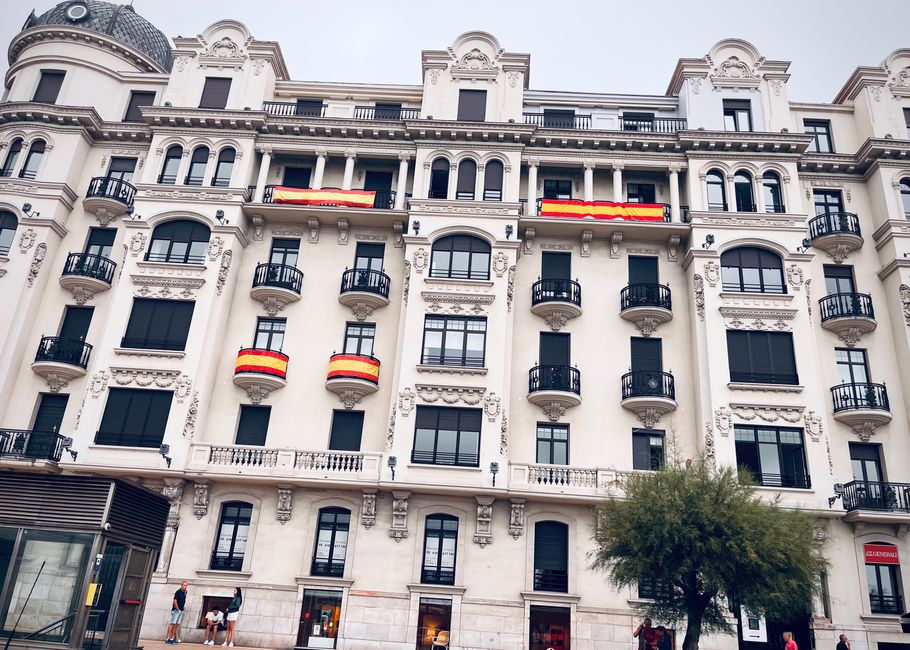


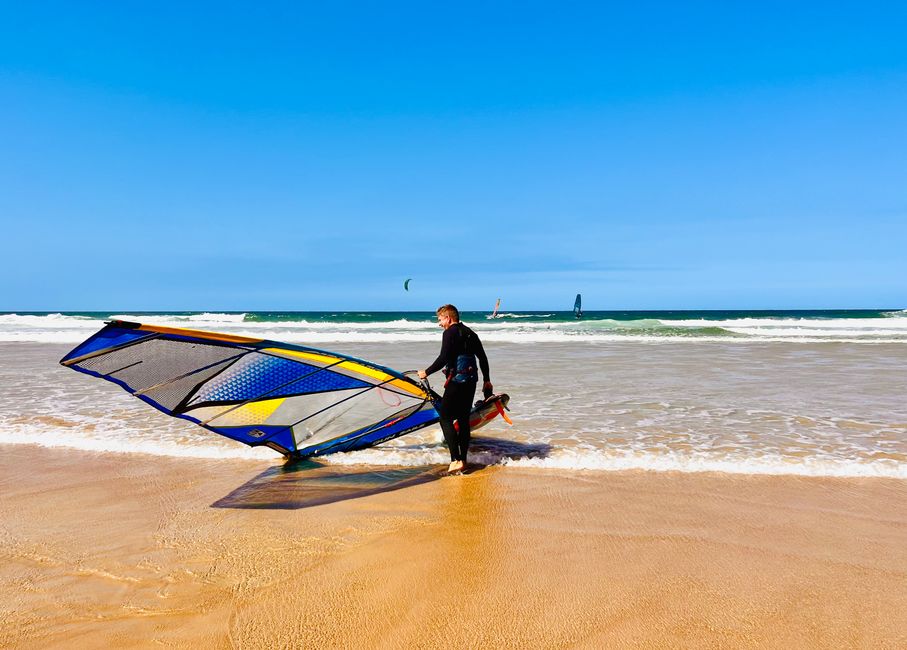
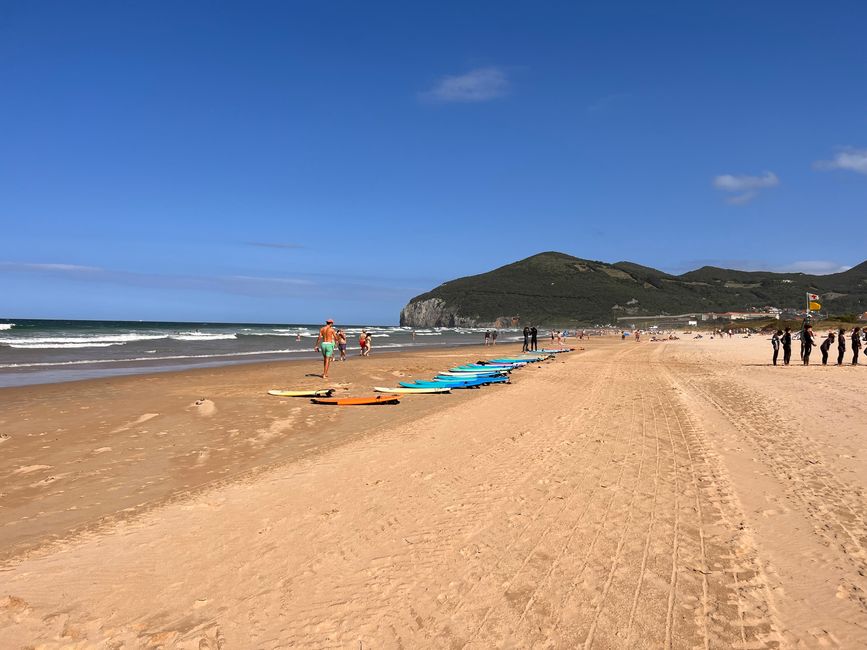
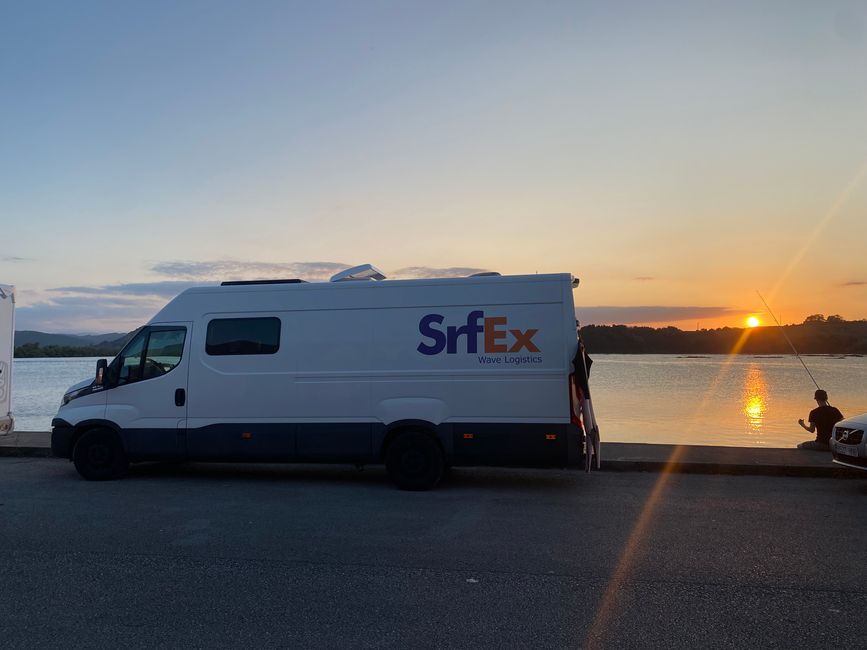
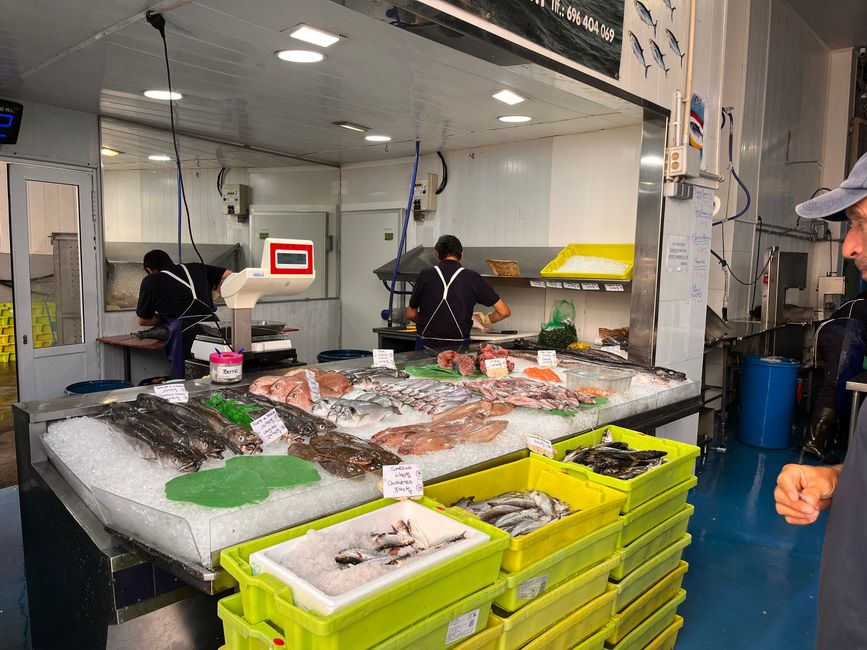

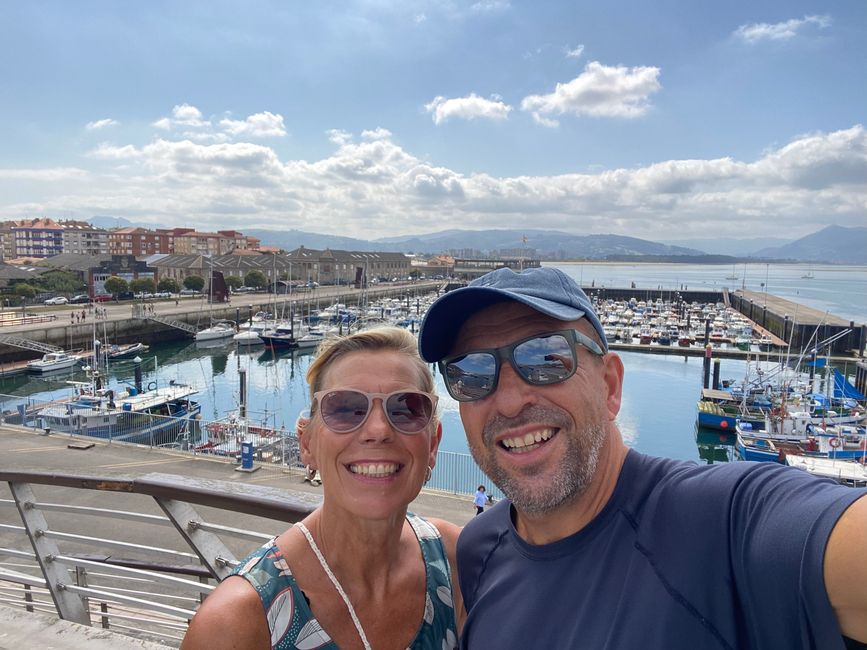
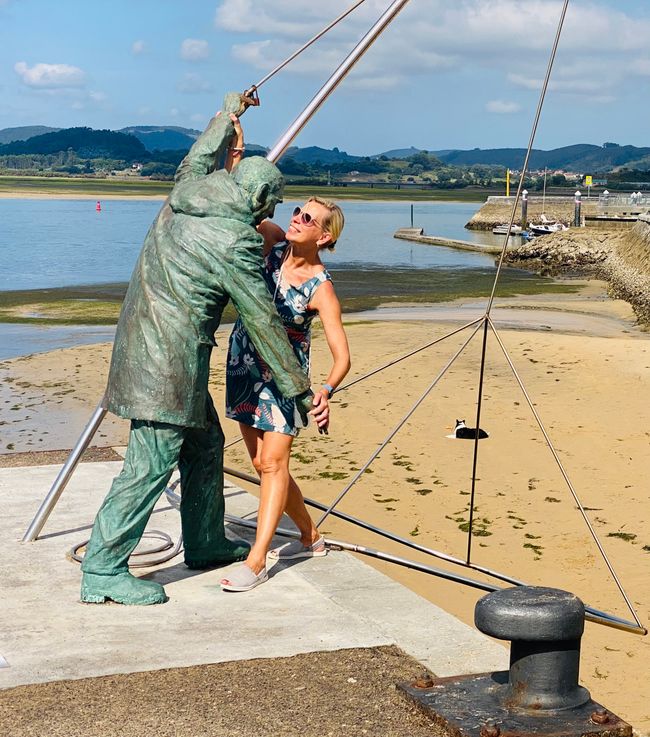
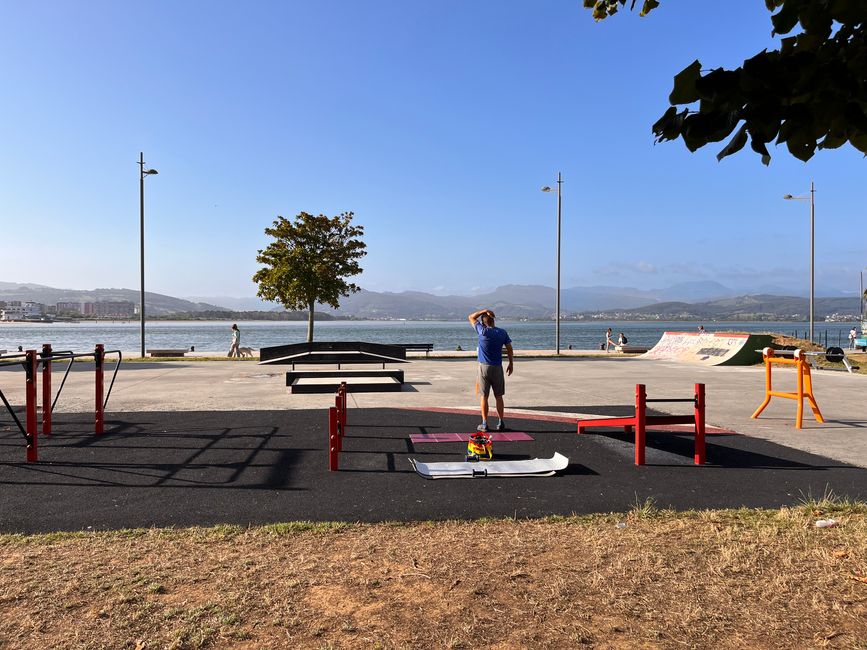
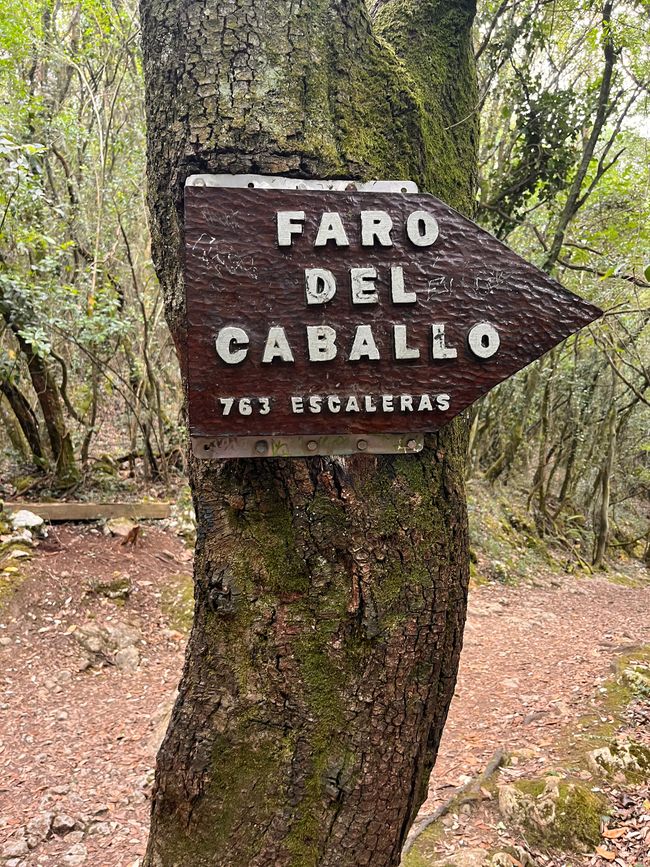
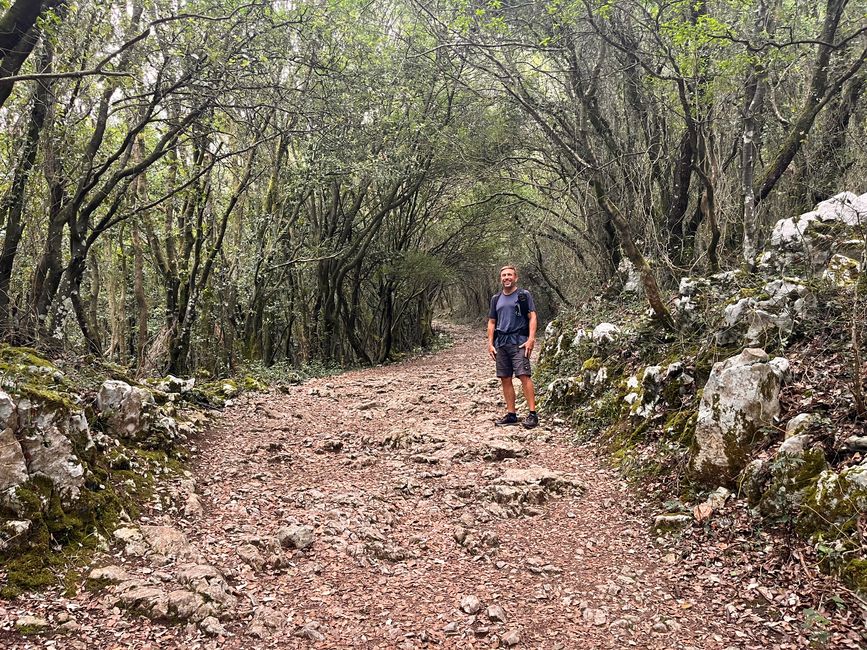
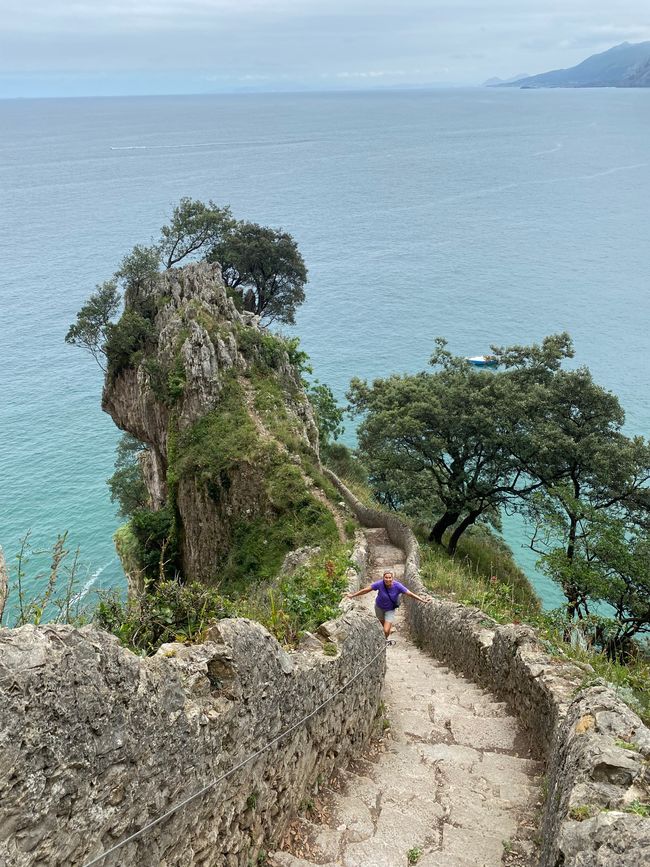
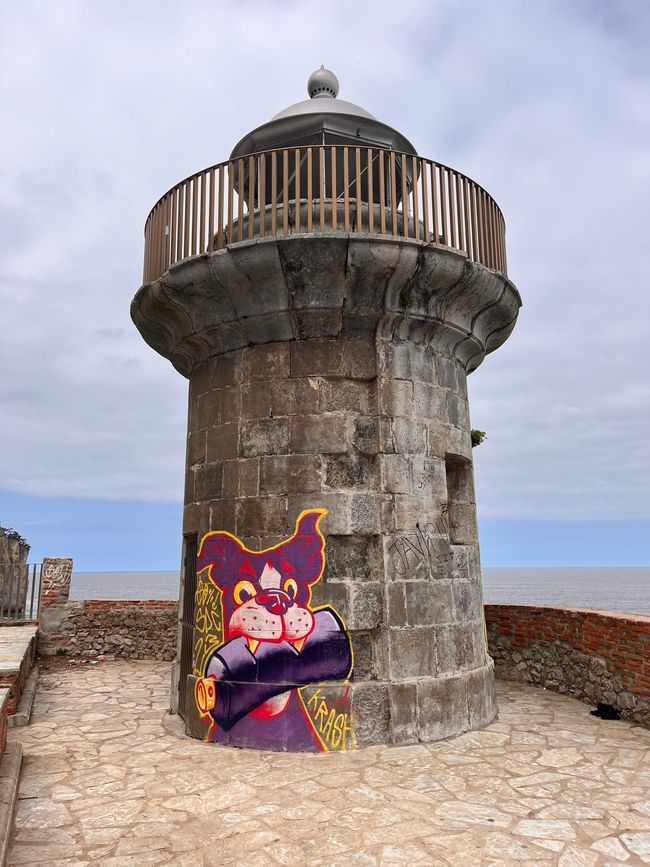
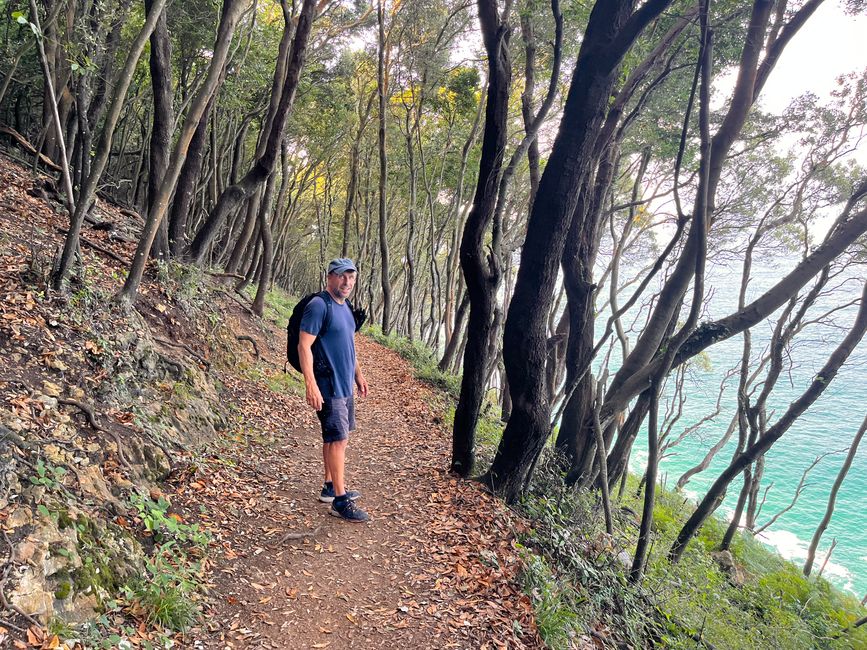
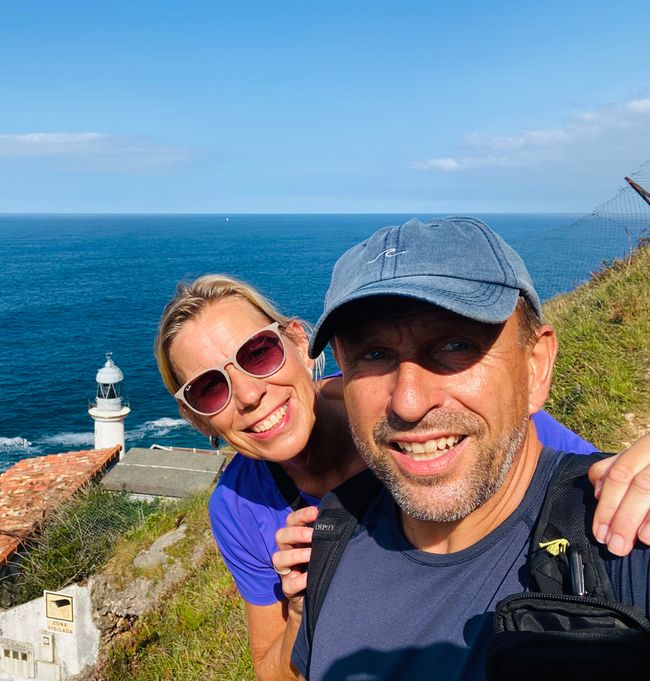
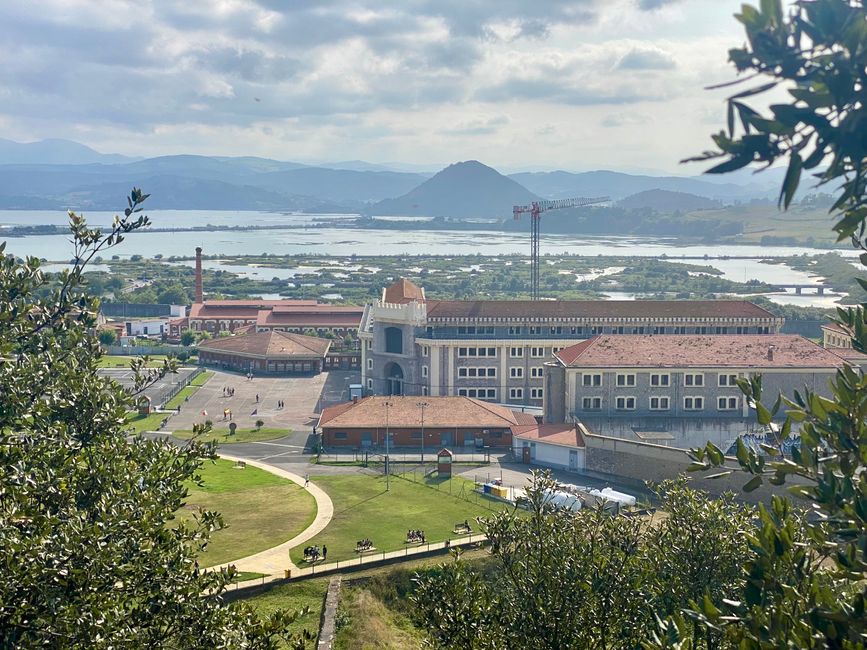
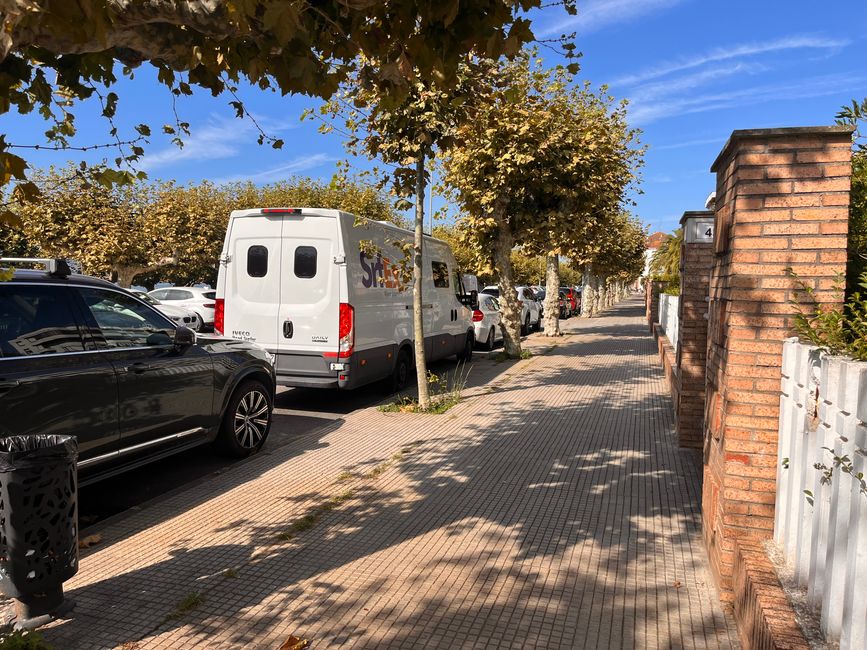
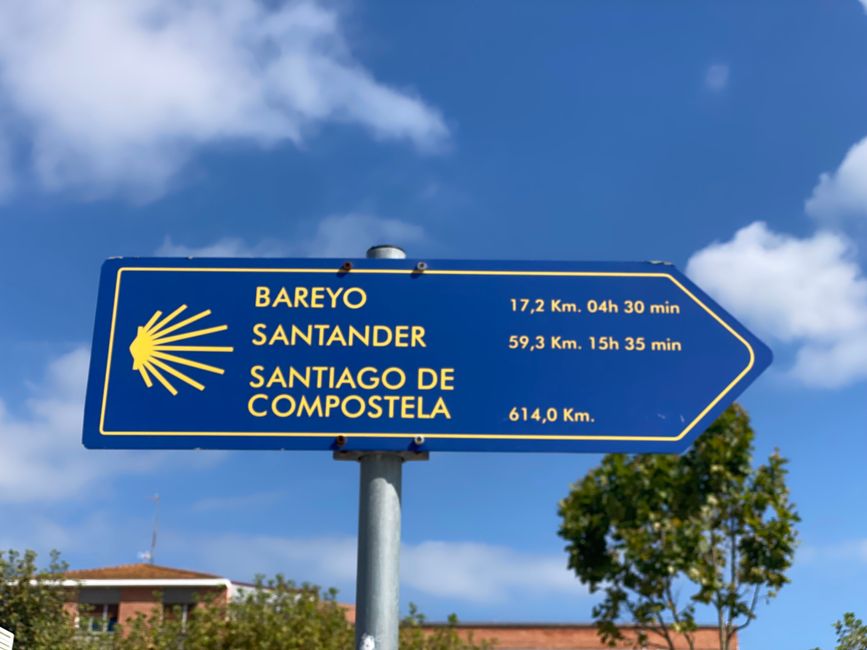
Telli uudiskiri
Personal log entry from the houseboat Betty HH-VX 717: The year is 2024, August 17, 8:30 AM.
It is once again time to set off for new destinations. Just past Ribadesella, Asturias ends, and the autonomous region of Cantabria begins. With around 5,300 km2 and just under 600,000 inhabitants, Cantabria is significantly smaller than, for example, Schleswig-Holstein, but boasts more than 90 beaches along 220 kilometers of coastline. However, before entering Cantabria, we need to do some laundry. Our indispensable Park-4-Night app also shows us the way to the nearest laundromat (here in Nueva), including reviews from users about how many machines, cleanliness, prices, parking availability for motorhomes, etc. While the 15 kg washing machine spins, we sit in a café and watch as the local weekly market is very slowly set up. It is already past 10 AM, at this time in Germany the first market stalls are already being dismantled. Here, the clocks tick differently; for example, a Lidl store only opens in the morning at 9:30 AM. After the laundry cycle, we wind our way along the small country road towards the coastal highway in the direction of the east and discover another Mirador with a view of the Picos de Europa, an impressive limestone massif on the northern Spanish coast with peaks rising up to 2,650 m high. There we meet a young couple from (of course) Hamburg with their VW van. They are heading west, we are going east, so we exchange some tips on parking spots.
Initially, our next stop should have been the picturesque fishing and bathing resort of San Vicente de la Barquera, located at a river mouth, but the weather has turned gloomy and it is pouring rain upon our arrival. We have heard that it is always sunny behind the coastal mountains along the northern Spanish coast, even in the rain. So we turn the steering wheel around and head south towards the Ebro Reservoir, which we had planned to see anyway. However, even after a longer drive, the sun still does not appear and we soon need a place to sleep. At a small lake, the Embalse de Alsa, a few kilometers before the Ebro Reservoir, it is said that one can spend the night in solitude and picturesque surroundings at around 1,000 m altitude. A very narrow road leads in tight hairpin turns up to the lake, and suddenly we find ourselves in the middle of the cloud cover. Visibility drops to almost zero and we creep the last meters at walking speed to the lake. Upon arrival, we can hardly see anything, not even a lake, just wet fog, and it is already almost dark. It is also quite cold. We eat something warm, pull the sleeping bags over our ears and close our eyes. At dawn, I wake up startled, unusual sounds are heard outside. I lower the window blinds a bit and see several dark figures moving around the van. As a gust of wind clears some of the fog, I see a herd of shaggy wild horses with their foals gathering around Betty. What a magnificent sight. Slowly the herd shuffles on, and in the distance, we can also hear the bells of a cow herd, pure nature!
In the damp drizzle, we move on to the Ebro Reservoir, which has its source only a few kilometers further in the mountains, flowing south for over 900 km into the Mediterranean near Tarragona. The weather is so-so, rain showers continuously move over the lake. So, it's time for a museum visit. In Corcante, there should be a small museum about the history of the Ebro Reservoir. According to Google, it should be open, but it looks closed. When we jiggle the doorknob, a young man opens the door for us a few moments later. For the next hour, we receive a private tour through the museum from him, as the only visitors. The reservoir was built during the Franco dictatorship, which required several villages to be relocated. The promised compensation for the residents was largely not provided; our committed museum guide's grandfather was also affected by the relocation. Today, only a church tower rises from the submerged villages. The reservoir is known for its good conditions for windsurfing due to thermals, but recently has been more of a destination for kite surfers, as the water along the shore is very shallow. We drive once around the lake with Betty and wonder why this reservoir seems so little marketed for tourism. High above the lake, we find a romantic parking spot near a small hermitage with the lovely name 'Nuestra Senora de las Nieves', on a (cow dung-covered) meadow overlooking the lake. In Northern Spain, there are few fences in the hinterland, and around a corner, a herd of cows or goats often stands in the road.
The next morning, the weather has improved and the coast calls us again. At Playa de Usgo near the village of Miengo, we fortunately find a beach parking lot where overnight stays are tolerated. The further east we travel in Northern Spain, the more difficult it becomes to park and stay overnight at the beach. On one hand, the increasingly narrow bays simply offer less space, and on the other, the 'pressure' on the few parking lots is simply greater due to the proximity to France and many French and German tourists. Also here in the parking lot, we unfortunately see campers living out the 'full camping life' (table, chairs, awning, grill) in the parking lot. No wonder when soon the last spots near the water will be blocked for motorhomes! Playa de Usgo has beautiful turquoise waters. A significant shorebreak crashes onto the beach at high tide, and swimming under the watchful eyes of the lifeguard is not entirely without danger. Surfing is not possible here, but we have a calm beach day.
The next day, we continue to the surfer hotspot of Cantabria, Playa de Liencres at the mouth of Ria de Mogro. There are sufficient parking capacities (if you arrive early in the morning before the late-rising Spaniards) even for larger motorhomes. However, overnight stays on the beach are strictly prohibited, as the beach lies within the Las Dunas de Liencres National Park. At the spacious beach, which is among the most beautiful we have seen on our journey so far, a respectable wave breaks. At low tide, there are surfable conditions for me near the shore as well. Furthermore, here in the east, the water is noticeably warmer than, for example, in Galicia, allowing the short-sleeve wetsuit to be used again. Swimming is only allowed in a very narrow corridor of about 50 m wide, which is strictly controlled by the lifeguards. Any 'wrong swimmer' is immediately whistled out of the water. As the tide rises, Susi tries to capture the might of the now very high waves in photographs, but somehow waves rarely look as powerful in photos as they do in the wild. Early in the evening, an impending rain drives us and the other beachgoers away from the beach, and we continue on to Santander, the capital of Cantabria with about 170,000 inhabitants.
Santander is a fashionable seaside resort, complete with its own airport. However, due to a major fire in 1941, there is no longer a historic city center. The city's official motorhome parking area is completely overcrowded, and overnight stays in the city are not tolerated. Therefore, we limit ourselves to 'sightseeing by car', which we do relatively rarely. Behind Santander, on the edge of the airport, behind a somewhat run-down industrial area, lies a small marina with a long tree-lined pier. Here we sleep quietly with a view of Santander. Only a few fishermen and a few campers keep us company on the pier. We leave Santander behind us. Susi has found that there is a CEPSA gas station nearby with a shower (for the last few days, we only had beach showers). For a small fee, we enjoy the luxury of a hot shower, strengthen ourselves at the gas station café, and finally, Betty also gets a hot shower at the self-service washing station for motorhomes.
Our next destination is Playa de Berria near the port town of Santona. Upon arrival, we are greeted by a surprise: it is unusually windy, the sun is shining, and a nice wave is rolling into the bay and there are other windsurfers on the water! We haven't seen other windsurfers for weeks, and even Northern Spain is a surfers' paradise. After a brief exchange about the spot conditions with a 'local', I am on the water, feeling like just 20 minutes later. A pretty clean wave is running for riding, with some sets truly being large. The wind is coming from the right, from the 'unusual' side for me, which requires some getting used to. That today had extraordinary good conditions, I later learn from a local who traveled from Bilbao for this. We stay for two nights in Santona on the Rio de Treto, a bustling little harbor town with down-to-earth charm. There are also great fish shops with super fresh fish in a wide variety and still at very reasonable prices! On the opposite side of the river from Santona lies the bathing resort of Laredo, which seemingly consists only of apartment complexes and hotel towers, which is not really our thing! From Santona, you can hike around Monte Buciero to visit the lighthouse Faro de Caballo. From the cliffs, there are at least 763(!) steps down to the lighthouse (and back up again, I counted). The lighthouse itself is rather unremarkable, but the steep and winding staircase carved into the rocks is spectacular. Apparently, our condition is pretty good because we are breathing noticeably less heavily on the way back up than most others on the stairs. At the end of the hiking trail around Monte Buciero, you pass by Cantabria's only prison. The older, architecturally beautiful prison 'El Dueso' is located near Playa de Berria; some 'rooms' must have a sea view (only with good behavior)! From the hiking path, you can look directly into the prison grounds. Apparently, it's visitation time, as several prisoners are walking around or exercising within the walls. It looks bizarrely like a Hollywood film... After the hike, we are really thirsty and strengthen ourselves at the lonely village bar next to the prison in El Dueso with a cold beer. Unfortunately, the wind (as predicted by the local) has vanished again, and it's time to set off once more. It is August 23, and thus, we have nearly traversed the small Cantabria, and beyond the next bends, the Basque Country with its capital, Bilbao, awaits us!
On the road: 214 days
Total distance traveled: 11,860 km
TO BE CONTINUED
Telli uudiskiri
Vastus (1)
Simone
Wie beneidenswert eure Reise. Abenteuer pur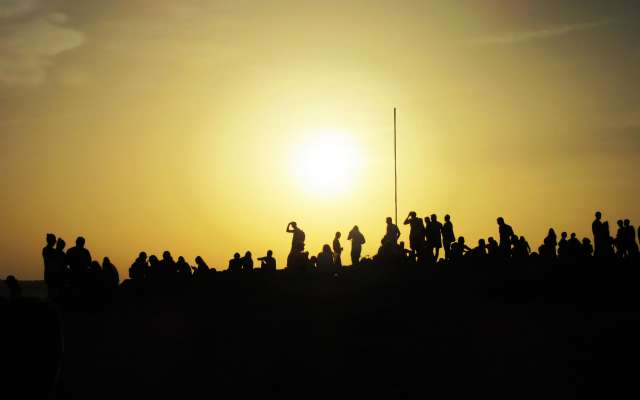
Reisiaruanded Hispaania
